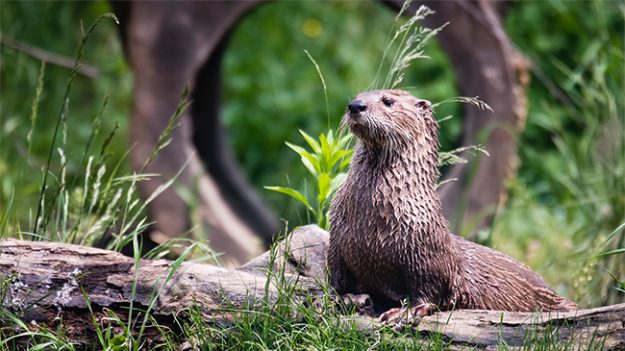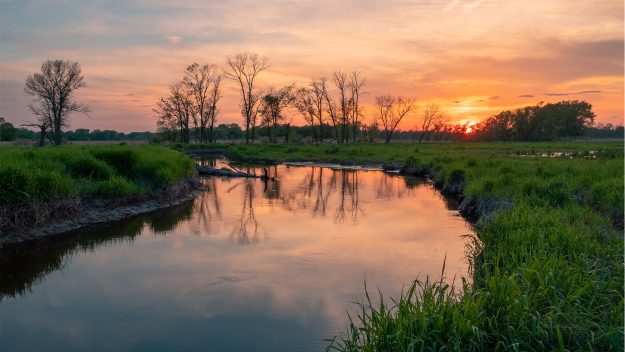The proposed M4 project promises to destroy an important area of Welsh wildlife. But what are the species put at risk?

Conservationists believe that the proposed building of a new M4 will have devastating impacts on wildlife in the area.
The building of a new M4 around Newport is likely to be significantly damaging to the Gwent Levels to the south, numerous conservation groups have argued.
Katie-Jo Luxton, RSPB Cymru Director, said: “The Gwent Levels is a nationally important area for nature… Fourteen miles of motorway would destroy and fragment this fragile wetland ecosystem.”
In addition to cutting through precious habitats, pollution from construction and traffic could enter and damage ancient ecosystems.
The Common Crane

This grey bird is 4ft tall, with a long neck and a call that can be heard over three miles away.
The Gwent Levels have only recently proved to be a potential sanctuary for these birds, who had until then been wiped out across the UK since the 1600s.
Between 2010 and 2014, 93 hand-reared cranes were released in a reserve in Somerset as part of the Great Crane Project reintroduction scheme.
Two of them, named Lofty and Gibble, nested on the Gwent Levels in 2016, and successfully reared a single chick called Garan (the Welsh word for crane).
Damon Bridge, RSPB manager of the Great Crane Project, was reported by the South Wales Argus as saying: “Seeing [the cranes] spread back into their former haunts highlights the importance of protecting our wetlands.”
The Shrill Carder Bumblebee
The shrill carder, known for its high-pitched buzz, is one of the rarest bumblebees in the UK. While there had been populations across the Somerset Levels, the Castlemartin peninsula in Pembrokeshire, certain sites along the Thames corridor and on the Glamorgan coast between Bridgend and Swansea, Katie-Jo Luxton identifies the Gwent Levels as one of “two remaining UK strongholds” left for this unique species.
Other species include otters, the water vole, water beetles, and aquatic plants.

The Gwent Wildlife Trust identifies the Gwent Levels as “Wales’ equivalent of the Amazon rainforest for its diversity of wildlife”.
“We need AMs to let the Welsh Government know they will not support this destructive scheme,” says Katie-Jo Luxton.

